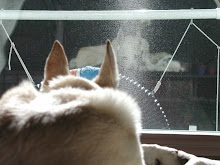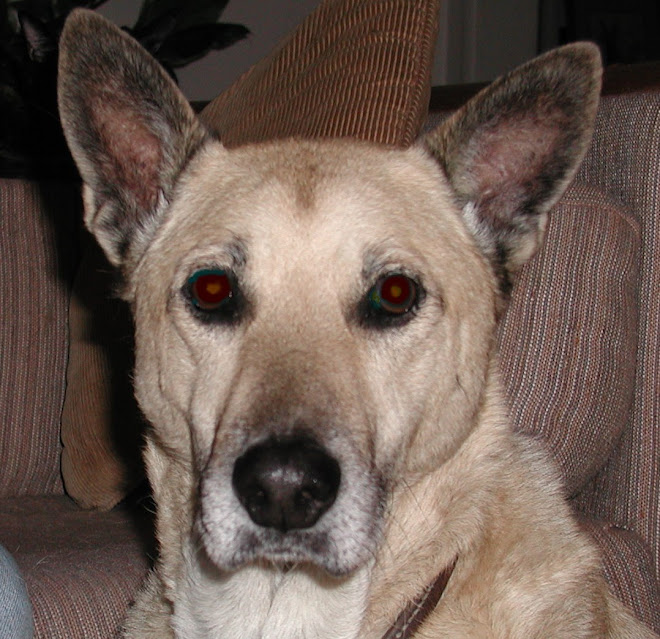Back on September 3 I informed everyone of my most recent Rigid Heddle project. This was a Men's neck warmer that was made from a single ply merino/silk blend. Here are some photos.
This photo shows the overall. Since it was done with a single ply, the variegated coloring stands out a little more and pools less than a plied yarn would. This is a detail showing the ridges.
As I mentioned in the earlier post, I formed the ridges by using two of the warps instead one, I did this about every 1/2 inch as shown in the details.
Please note these photos were taken prior to finish/trim.
As a last technical note on this project...Yarn-80% Merino, 20% Silk, Single Ply, 22 WPI.
It was woven with about a 14 EPI and a set of 22.
Vaya Con Dios



.JPG)












